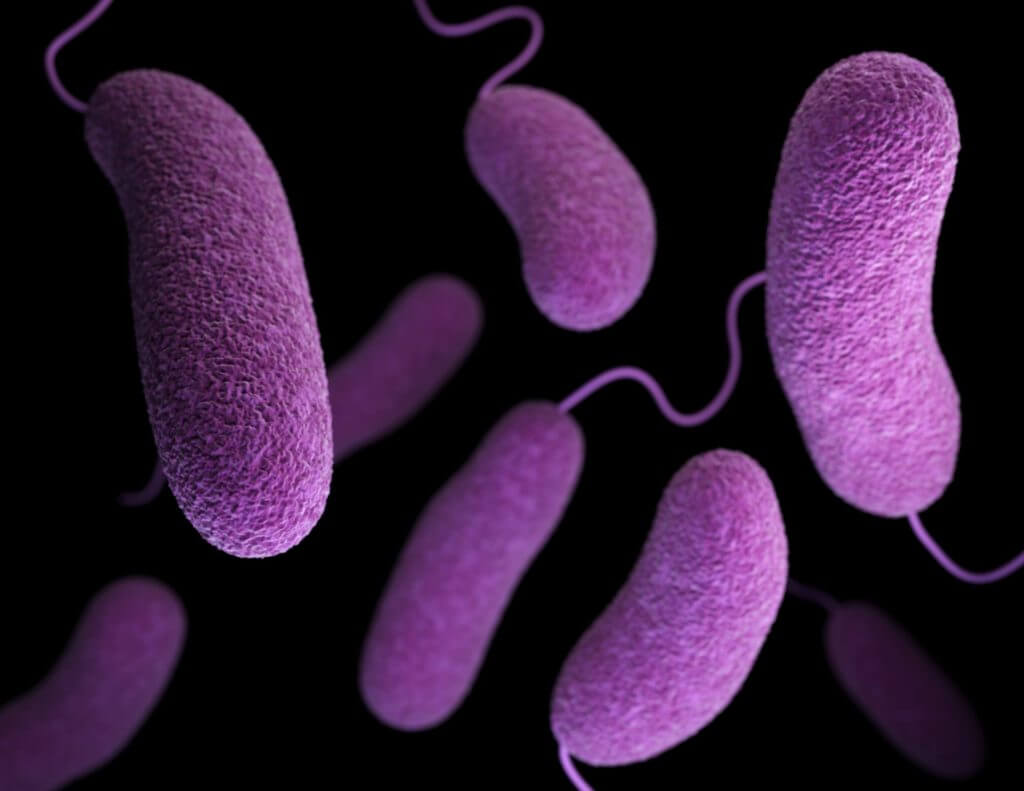Amid all the news on COVID-19, it is easy to forget about one of the greatest challenges to global health: antibiotic resistance. After their introduction in the 20th century, antibiotics transformed healthcare and saved millions of lives. Previously untreatable diseases were being cured with a simple course of antibiotics.
Amid the newfound optimism that they brought, one of the first people to urge caution over their misuse was the discoverer of antibiotics, Alexander Fleming. Fleming warned about the dangers of misusing penicillin: “The time may come when penicillin can be bought by anyone in the shops. Then there is the danger that the ignorant man may easily underdose himself and by exposing his microbes to non-lethal quantities of the drug make them resistant.” Fleming was correct a short while later in 1947 when physicians discovered the first case of penicillin-resistant bacteria.
Causes of antibiotic resistance include:
- Overprescribing antibiotics
- Patients not taking the antibiotics as prescribed
- Unnecessary use of antibiotics in agriculture
- Poor infection control in hospitals
- Poor standards of hygiene and sanitation
- Lack of rapid laboratory tests
Now in the 21st century, antibiotic resistance is a major global threat to human health. The overuse and misuse of antibiotics has resulted in a “ticking time bomb” which is already thought to be responsible for 750,000 deaths per year globally. Within the US alone, it is estimated that 2.8 million people fall ill with infections from antibiotic-resistant bacteria. In the European Union, antibiotic resistance causes 25,000 deaths per year. It is feared that antibiotic-resistant strains will soon be so widespread that even simple surgeries will carry a great risk of patients succumbing to infection with untreatable diseases afterward. Resistance could turn even common infections into deadly threats, especially with the alarming increase of bacterial strains that are resistant to several antibiotics – known as multidrug-resistant bacteria.
Since the start of the COVID-19 pandemic, outbreaks of antibiotic-resistant infections have occurred in hospitals across the USA, the US Center for Disease Control and Prevention (CDC) said. With more COVID-19 patients testing positive for resistant bacterial infections than those with confirmed cases of the flu, it is thought that this discrepancy is due to the longer hospital stays caused by COVID-19 and not because of some other greater risk resulting from a COVID-19 infection.
Understanding how resistance develops and spreads throughout the population is one of the key challenges facing researchers. New research carried out by a team funded by the Swiss National Science Foundation has shown that bacteria can survive antibiotic treatment by slowing down their metabolism. Resistant bacteria can become less susceptible to antibiotics, for example by breaking the antibiotic down. This research has found that some bacteria can go into a “sleep-like state” which enables them to tolerate the antibiotic. Once the antibiotic treatment cycle has completed, the bacteria can “wake up” and reestablish themselves, a state which is more persistence than resistance.
Other research carried out at the Quadram Institute showed that the development of antibiotic resistance by bacteria can have ‘side-effects’ for them, including affecting their ability to cause disease. Their work showed that bacteria in a biofilm can develop antibiotic resistance very rapidly, but other properties of the bacteria were compromised including their ability to cause disease or to form a biofilm in the first place. Researchers showed that their model can usefully predict how antibiotic resistance can emerge in the real world when they identified some novel mechanisms of antibiotic resistance. These mechanisms were subsequently seen in isolates from patients.
There are also market forces that hinder the fight against antibiotic resistance. The antibiotic market is not as profitable as other therapeutic areas. The cost of researching and developing new antibiotics is high, patients will often only take a course of antibiotics for a few days or a week and finally, there is also the risk that the new drug will have a short lifespan if the bacterial strain develops resistance.
Due to the high cost of research and development of antibiotics, discovering and bringing new antibiotics to the market is often not profitable for companies. One way to get around this problem would be to reduce the developmental cost. This could be done using advances in big-data analysis. In a study published in Cell in 2020, a deep learning model was trained to predict antibiotics based on structure. The molecule halicin, which was discovered from the Drug Repurposing Hub, was predicted as a potential antibiotic. The drug was tested and showed broad-spectrum antibiotic activity in mice. The same model identified eight antibacterial compounds from the ZINC15 database which are structurally distant from known antibiotics.
In order to make antibiotics more viable, some pharmaceutical firms are switching to a model described as “the Netflix model”. This model includes an up-front payment to companies and antibiotics are paid for through a subscription. In the UK a scheme to pay for some antibiotics is already underway, where the government will pay pharma companies for access, as opposed to paying on a per pill basis.
Research being carried out around the globe alongside financial incentives will continue to contribute to developing new treatments. Until these are discovered, however, we can help stop the spread of resistant bacterial strains by following these few steps from the CDC:
- Improving laboratories and analytical techniques so that bacteria strains can be readily identified and the right drugs are chosen to fight them
- Collecting and sharing data among countries/research institutes
- Correct use of antibiotics; no over- or under-prescribing
- Take measures to prevent infections overall, especially in the healthcare setting
#Antibiotics #AntibioticResistance #TickingTimeBomb
Sources
https://www.nature.com/articles/s41598-021-83081-8
http://www.bioline.org.br/pdf?ja13059
https://phys.org/news/2021-02-bacteria-antibiotic.html
https://medicalxpress.com/news/2021-01-insights-antibiotic-resistance.html
